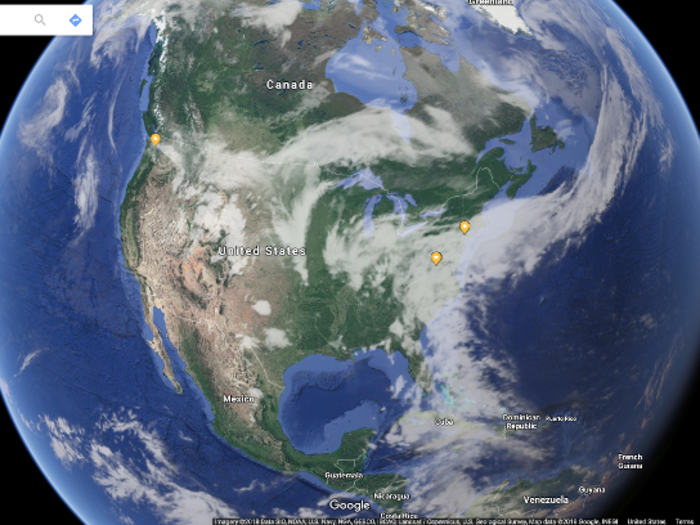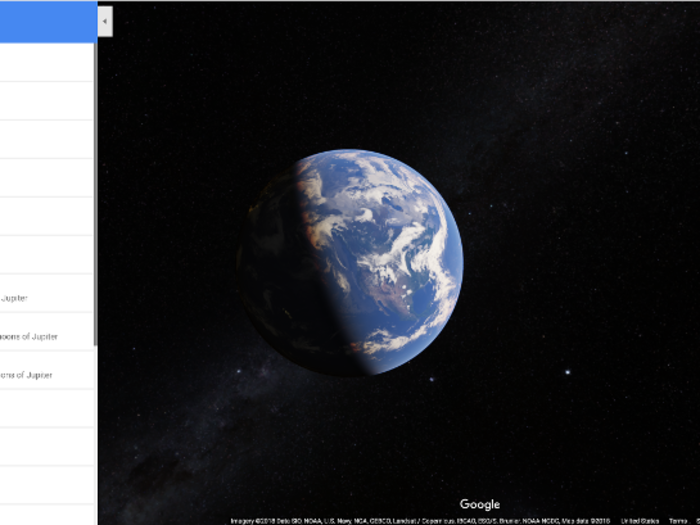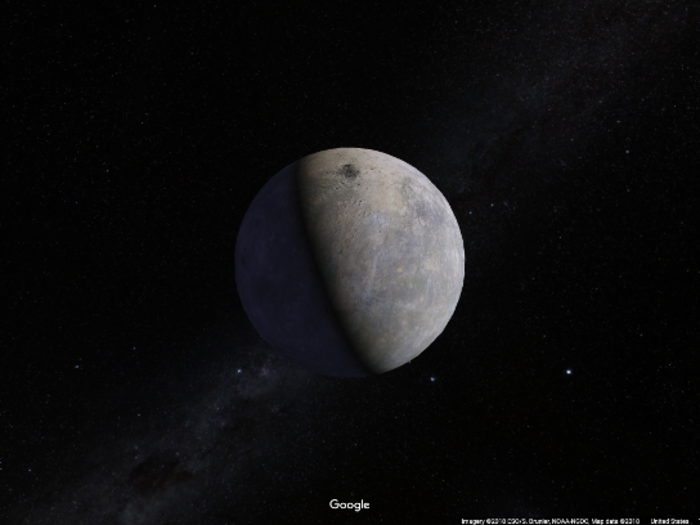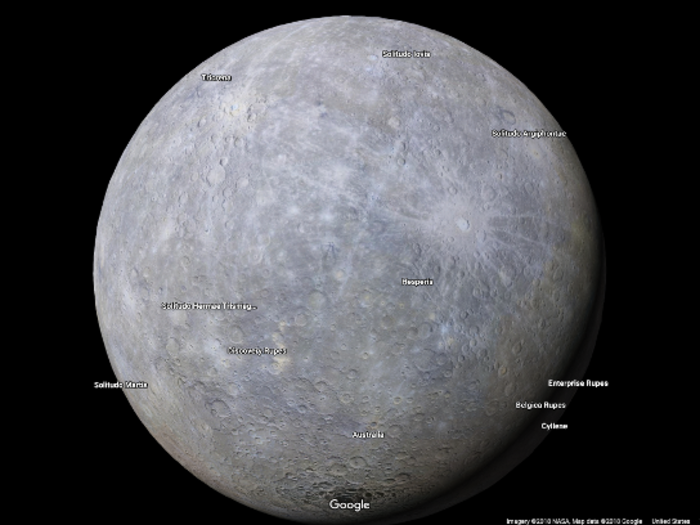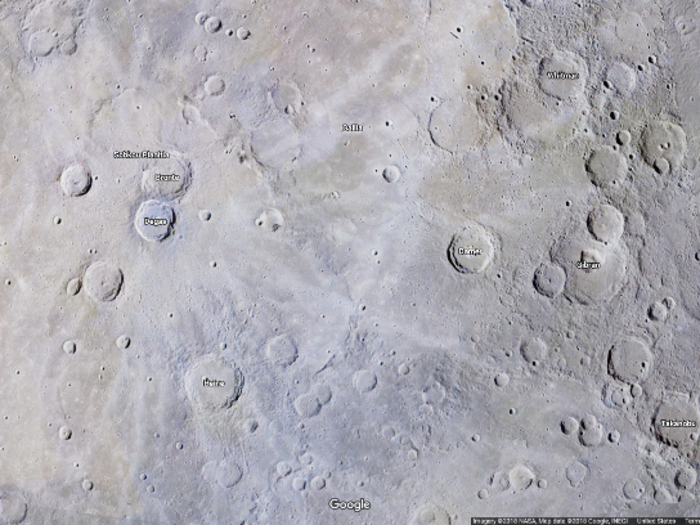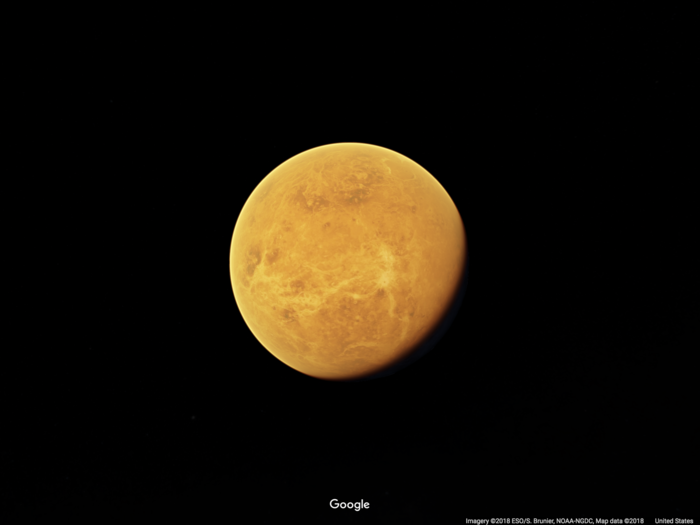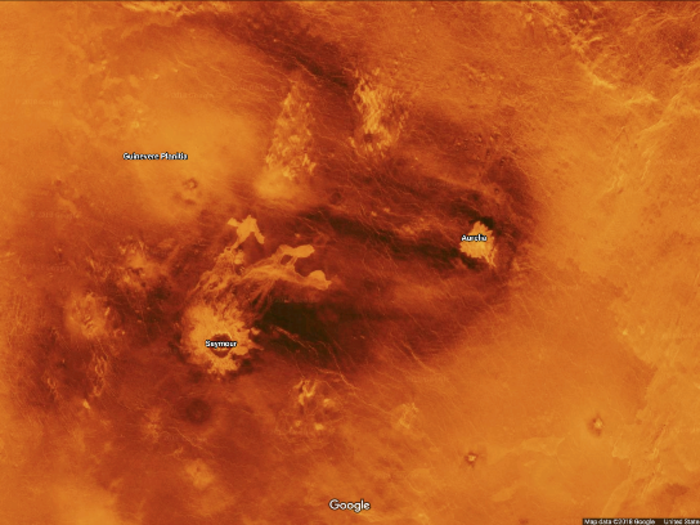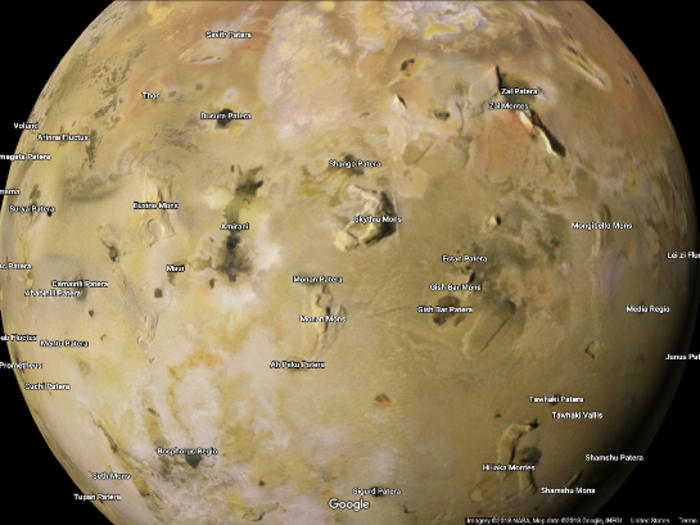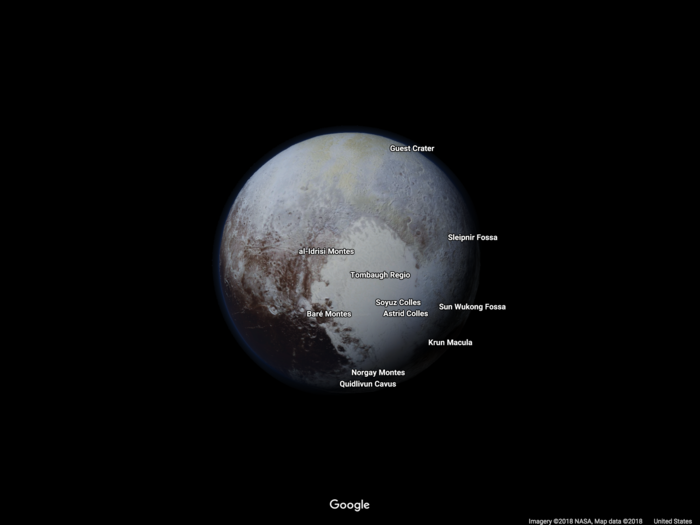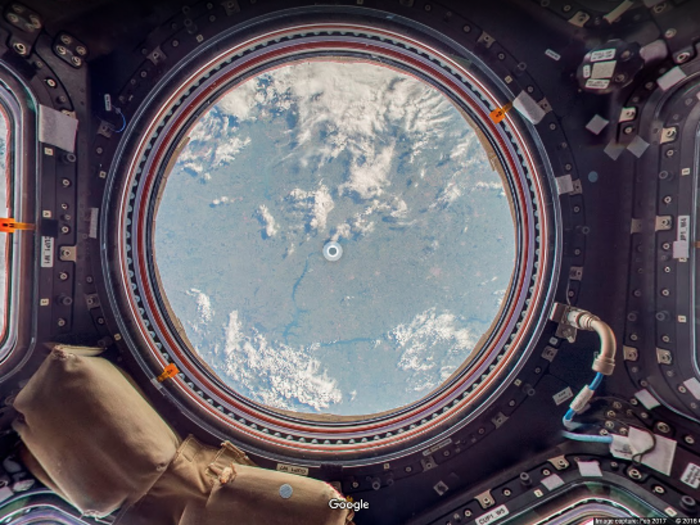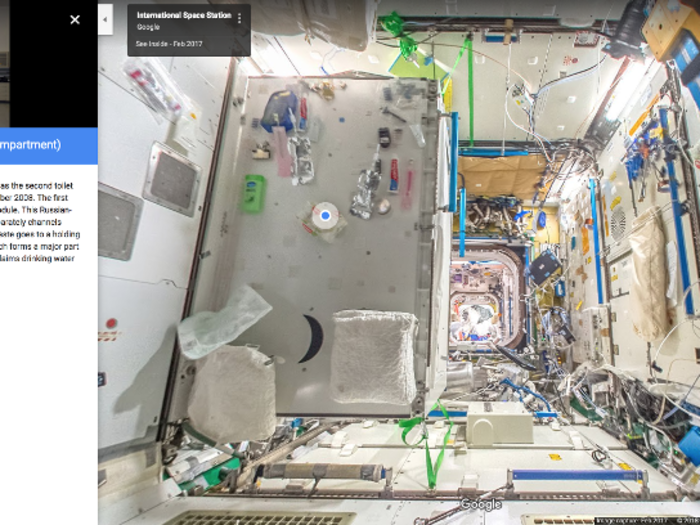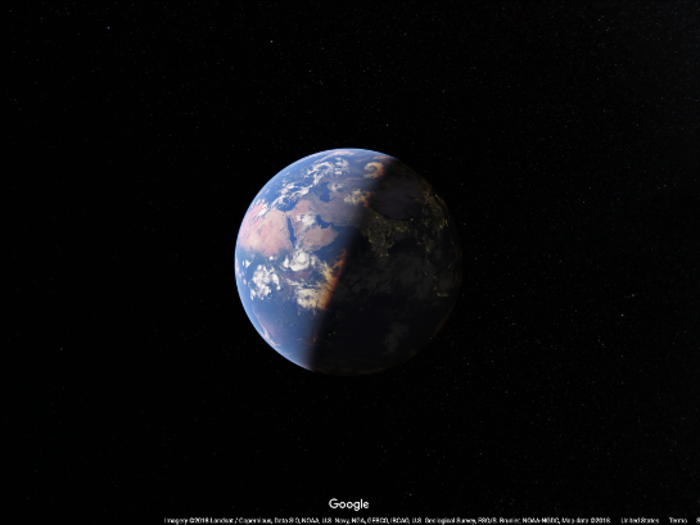A little-known feature in Google Maps lets you explore our local solar system - here's how to visit Mercury, Venus, and other planets and moons in Google Maps
First, start anywhere in Google Maps, but make sure you're looking at satellite footage (click on the lower left box to switch). I started in New York City.
Popular Right Now
Popular Keywords
Advertisement

